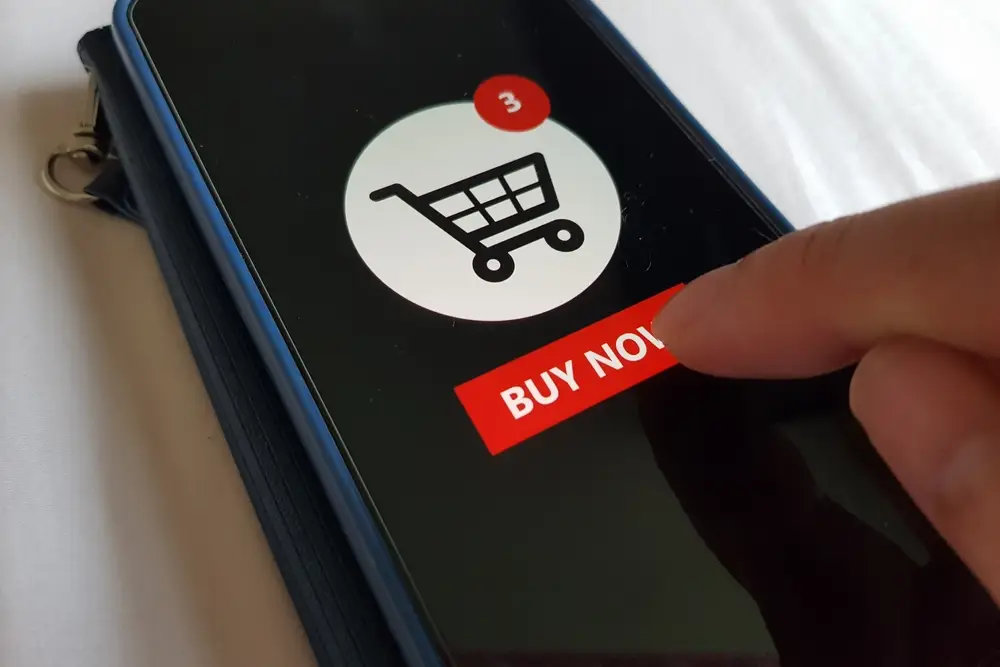
By Angela Nielsen
[I found this very interesting web site design article on web color and what the colors mean. I think it can play a very important role in choosing the right colors for a business web site.]
Is the choice of colors for your website and print materials more than just a matter of personal preference? Does it really matter what color choices you make? Will your audience really feel differently because of the color combinations? The answer to all these questions is Yes, Yes, and Yes!
Color is considered emotional, because variations evoke different emotions in people. We all know that green is the color of money, but did you also know that green can symbolize greed, envy, and jealousy? The colors you choose will have a direct effect on how the public perceives your company or product. This can be complicated by the fact that our use of color on the web is now limitless: technology allows us to create millions of color combinations. So how do you choose? This brief article will make it simple to understand the basics of choosing colors.
It's important to understand that every color has a positive and negative set of emotions associated with it, what I call the "color meaning". It's this meaning that will affect your customer's emotional response to your company, brand or product. So when choosing color schemes for your website, or any other media type, you need to make sure you're presenting your company or product with a color that will most likely entice the audience to choose your company or product.
Take a quick break, and go look in your lunch room, refrigerator, or kitchen cabinets at the products we purchase from the grocery store. What color do you see the most of? Chances are, you're seeing red, and lots of it. Just glimpsing into my cabinets, now that I know I'm looking for it, I seem to be thrown in to a world of red products. Chef Boyardee, Kellogg's, Lipton, Carnation, Ragu, Aunt Jemima, Nestle, Betty Crocker, Orville Redenbacher's, Heinz, Pam, all of these brands are jumping out at me with red in their labels. Why? Red is a very "hot" color, and very emotional as well. In studies, red actually has a physical effect on people, increasing their heart rate and causing blood pressure to rise. Red grabs our attention, stirs us to action, and thus is a very powerful color for product packaging.
All colors fit into three categories; cool, warm and neutral. While you can select all of your colors from the same category, it is often possible to achieve a more powerful effect by introducing a color from one of the other groups. Let's take a look now at how colors work together, and what each color may mean to the viewer.
Cool Colors Blue, green, purple, turquoise and silver are cool colors. Cool colors tend to have a calming effect on the viewer. Used alone however, these colors can have a cold or impersonal feel, so when choosing cool colors, it may be wise to add a color from another group to avoid this.
Blue Color Meaning. Positive: tranquility, love, loyalty, security, trust, intelligence Negative: coldness, fear, masculinity
Green Color Meaning. Positive: money, growth, fertility, freshness, healing Negative: envy, jealousy, guilt, disorder
Purple Color Meaning. (purple is a combination of blue and red, so it is found in both the warm and cool categories) Positive: royalty, nobility, spirituality, luxury, ambition Negative: mystery, moodiness
Turquoise Color Meaning. Positive: spiritual, healing, protection, sophisticated Negative: envy, femininity
Silver Color Meaning. Positive: glamorous, high tech, graceful, sleek Negative: dreamer, insincere
Warm Colors Red, pink, yellow, orange, purple, and gold are warm colors. Warm colors tend to have an exciting effect on the viewer. However when these colors are used alone they can over-stimulate, generating emotions of anger and violence. When choosing warm tones, adding colors from another group will help to balance this.
Red Color Meaning. Positive: love, energy, power, strength, passion, heat Negative: anger, danger, warning, impatience
Pink Color Meaning. Positive: healthy, happy, feminine, compassion, sweet, playful Negative: weakness, femininity, immaturity
Yellow Color Meaning. Positive: bright, energy, sun, creativity, intellect, happy Negative: coward, irresponsible, unstable
Orange Color Meaning. Positive: courage, confidence, warmth, friendliness, success Negative: ignorance, sluggishness, superiority
Purple Color Meaning. (purple is found in both warm and cool colors) Positive: royalty, nobility, spirituality, luxury, ambition Negative: mystery, moodiness
Gold Color Meaning. Positive: wealth, prosperity, valuable, traditional Negative: greed, dreamer
Neutral Colors Brown, tan, ivory, gray, black and white are neutral colors. Neutral colors are a great selection to mix with a cool or warm palette. They are good for backgrounds in a design, and also tend to tone down the use of other more overpowering colors. Black is added to create a darker "shade" of a primary color, while white is added to create a lighter "tint".
Black Color Meaning. Positive: protection, dramatic, serious, classy, formality Negative: secrecy, death, evil, mystery Gray Color Meaning. Positive: security, reliability, intelligence, solid, conservative Negative: gloomy, sad, conservative
Brown Color Meaning. Positive: friendly, earth, outdoors, longevity, conservative Negative: dogmatic, conservative
Tan (beige) Color Meaning. Positive: dependable, flexible, crisp, conservative Negative: dull, boring, conservative
Ivory Color Meaning. Positive: quiet, pleasantness, pureness, warmness Negative: weak, unstable
White Color Meaning. Positive: goodness, innocence, purity, fresh, easy, clean Negative: winter, cold, distant
You may be asking, "What is the right color combination for my business website?" While there is no absolute "right" color for your website, you need to understand your target audience, and consider their response to colors, not your own. If your end goal is for them to choose your company or product, then your color palette must appeal to them. There are overall factors that indicate what your audience may or may not like.
The basic target audience factors to consider are age differences, class differences, gender differences and overall color trends.
Age difference is a key factor that should not be ignored. If children and adolescents are your target audience, then they prefer bright, primary colors like red, blue, green and yellow. However, if your target is older adults, they would prefer more muted or darker colors, along with colors from the neutral color group.
Class difference is another key factor in choosing colors. United States research has shown those in the working class prefer colors they can name like blue, red, green, etc. Those that are more educated tend to prefer more obscure colors like taupe, azure, celadon, salmon, etc.
Gender preference is an obvious factor in choosing your colors. Men tend to prefer cool tones like blues and greens, where women prefer warmer tones, reds and oranges. If you have an audience of both men and women, consider mixing some colors from the warm and cool palettes that would appeal to both men and women.
Last but not least are color trends. By definition, a trend means "current style". Choosing currently popular colors may work well for some types of websites and products, but if you want to present longevity and stability, then popular colors may not be the best direction for you. Instead, you may want to consider more traditional colors that stand up over time.
Choosing color is more than just picking what feels good to you, it is about creating a response from the viewer. By knowing your target audience and the effect that different colors can have, you gain a greater ability to determine what colors will work best for your audience.
One final note on color. Viewers on the web can use different monitors, different browsers, and different operating systems. It is nearly impossible to ensure that your colors come across the same on every computer as well as in print. Don't be overly concerned with the differences on varying computers, but do try to be consistent. Whether you're creating a color palette for your company, a brand identity, or product colors, consistency is key. Use the same colors throughout all your marketing efforts to create familiarity with your company or product. Consistency will help instill trust with your viewer.
About the Author
Angela Nielsen is President of NIC Media Group, an award-winning web development company located in San Diego, California. To find out more about Angela Nielsen, and NIC Media, visit http://www.nicmedia.com or call them direct at 888 NIC Media. Copyright 2005 by Angela Nielsen and NIC Media Group











